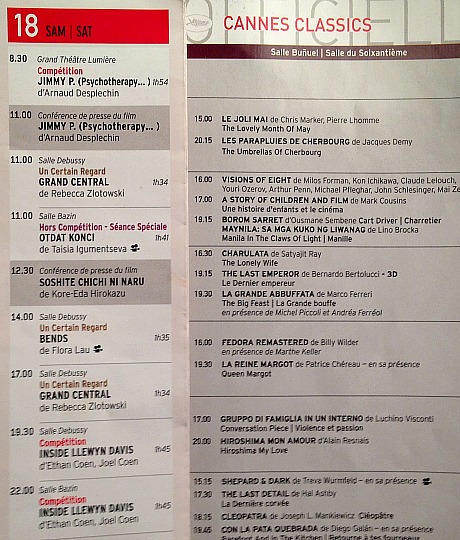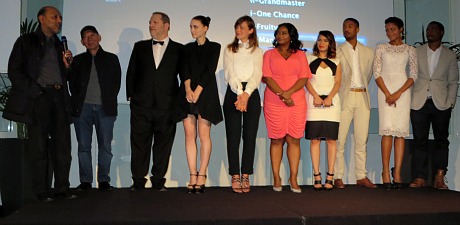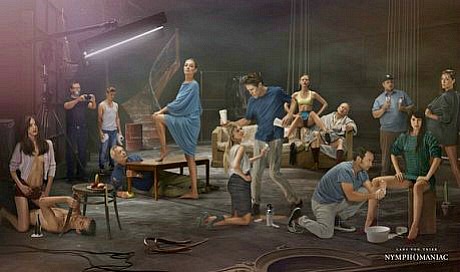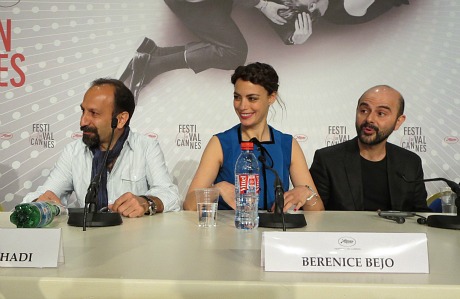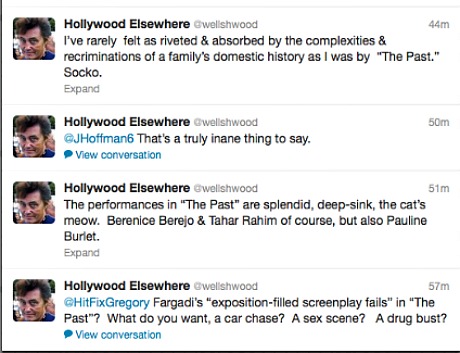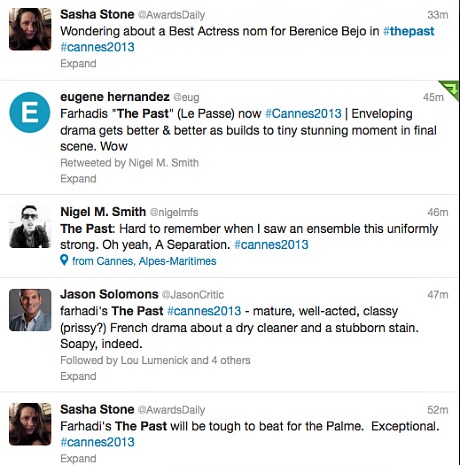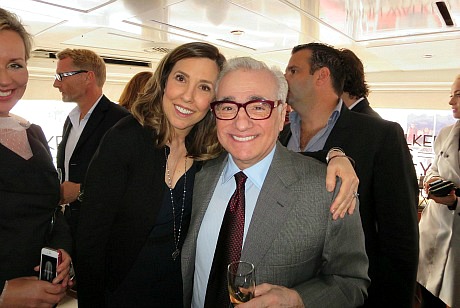In a Cannes interview with Vulture‘s Kyle Buchanan, Paris Hilton talks about allowing director Sofia Coppola to use her actual mansion in The Bling Ring and blah blah. Except the film reveals some embarassing design details. Well, embarassing to a person with any taste, I mean. Images of Hilton are all over the house (her face is even emblazoned on throw pillows), and yet Hilton tells Buchanan that she’s proud of the nouveau riche-ness of the place.
“I designed everything in the house, so it was really cool to see it on film,” Hilton says. “That house is like my dream house. I worked so hard on every detail.” Good effing God.


